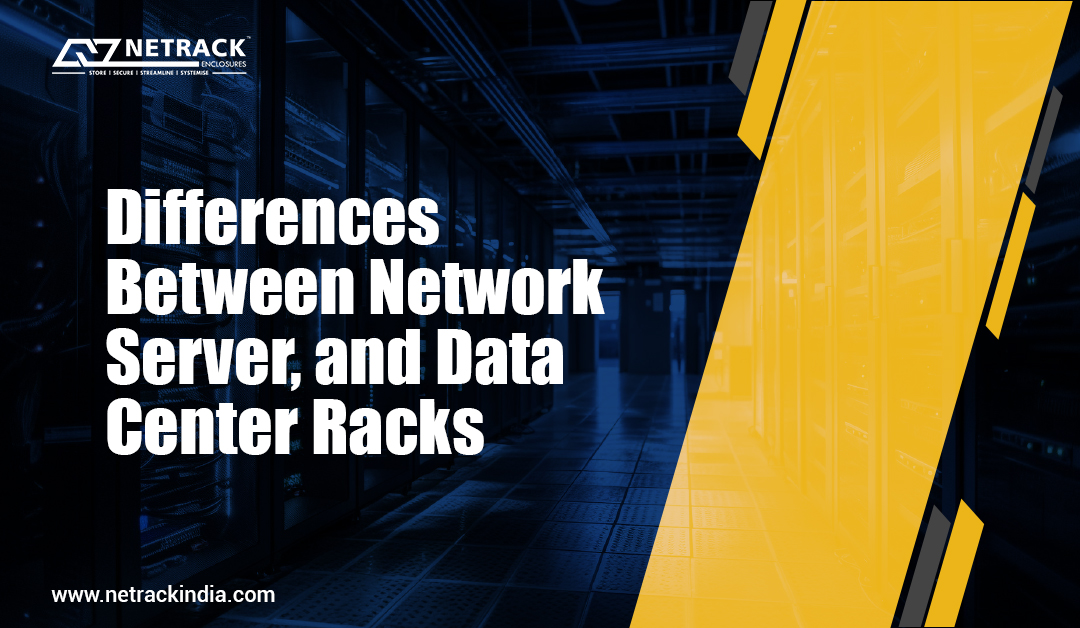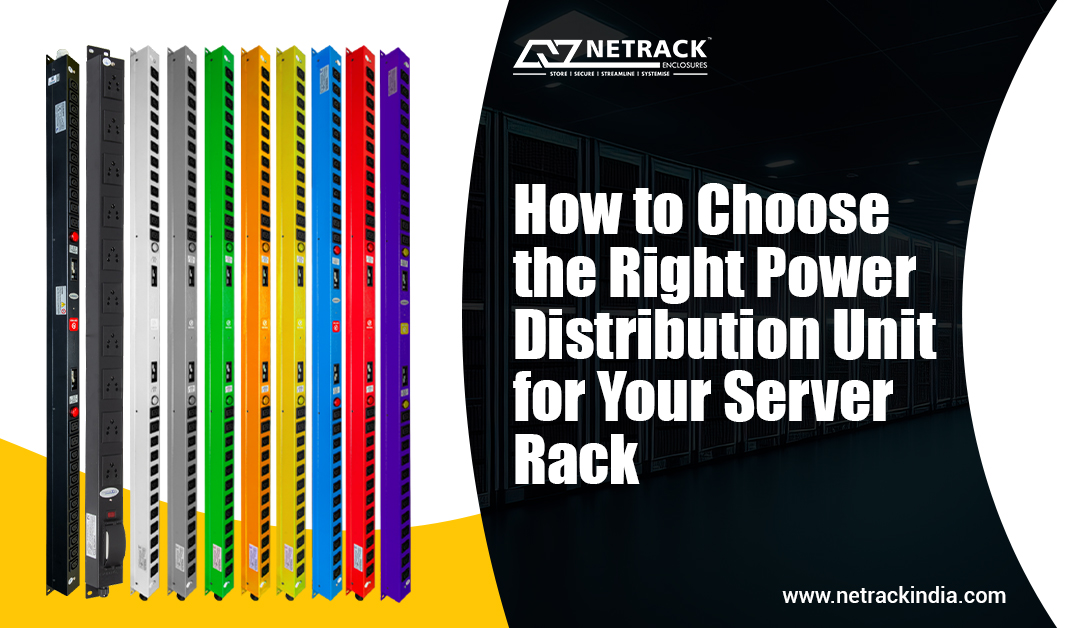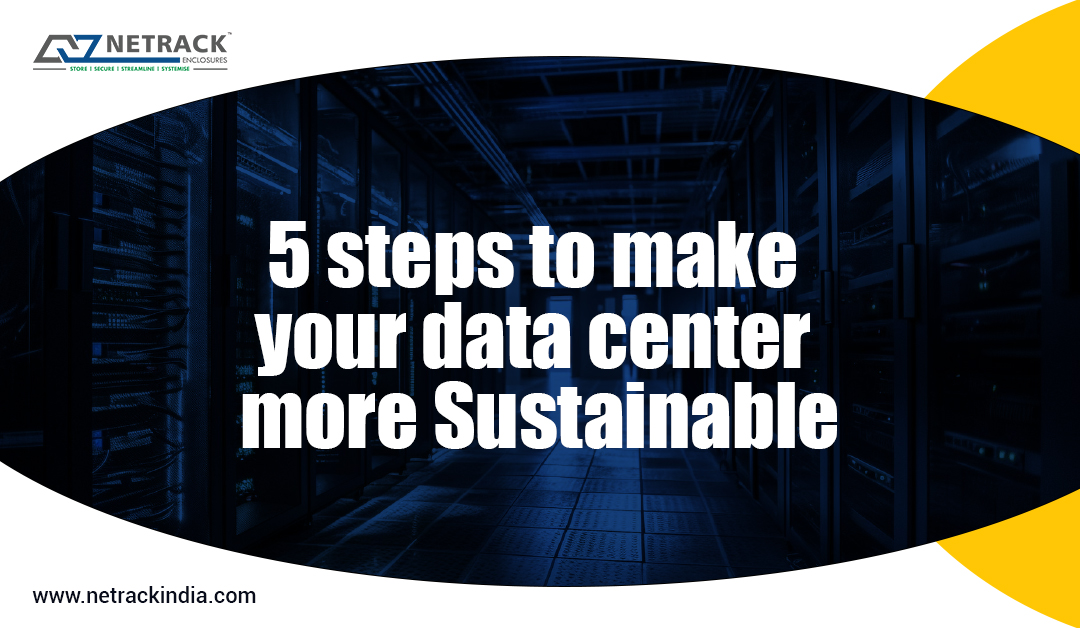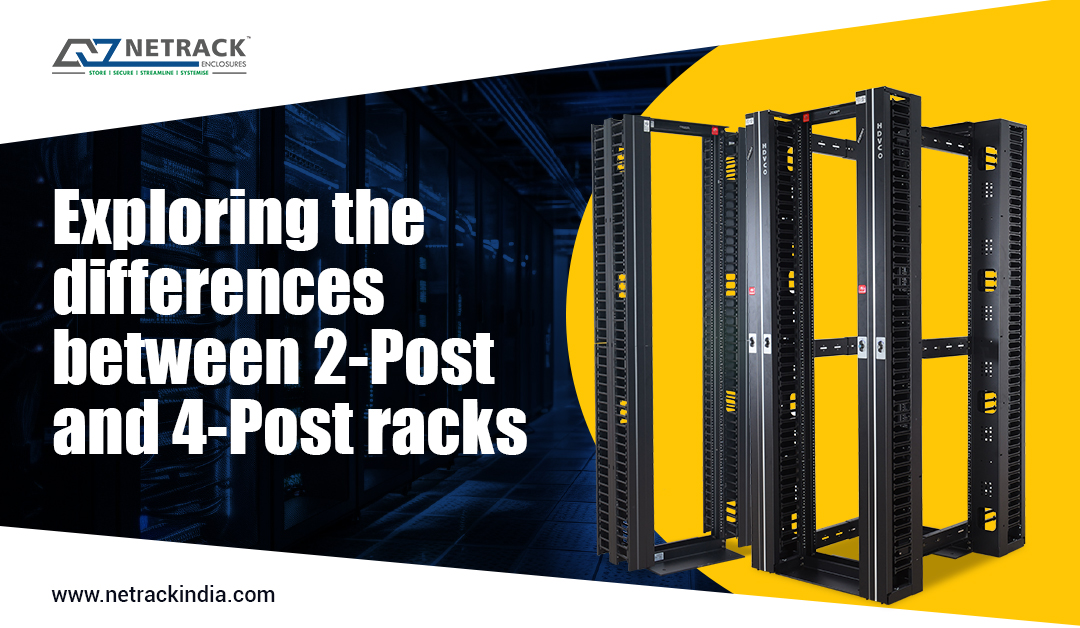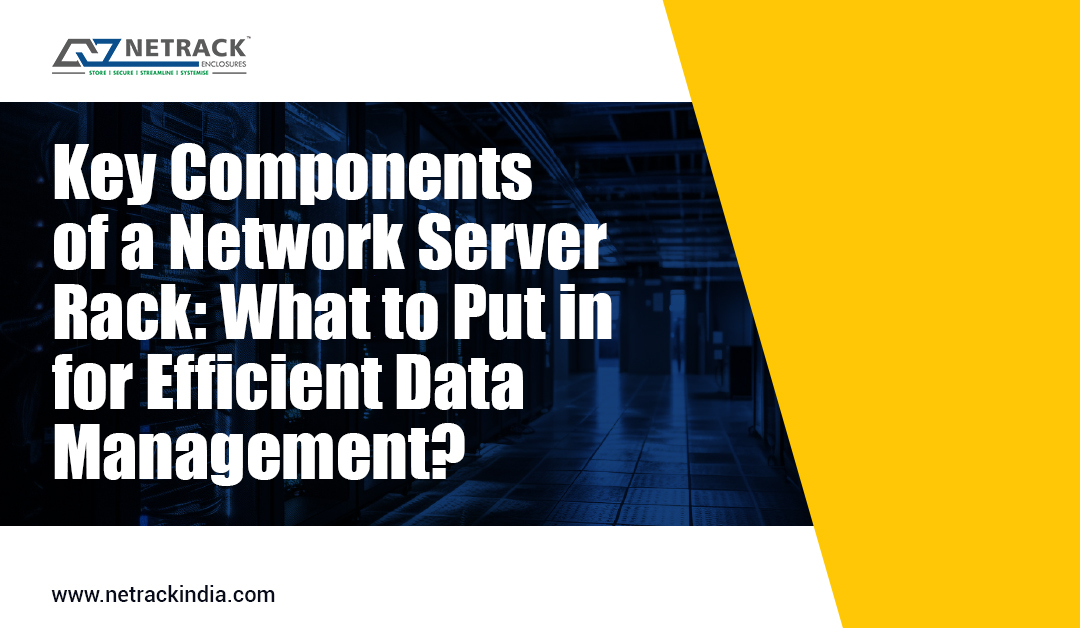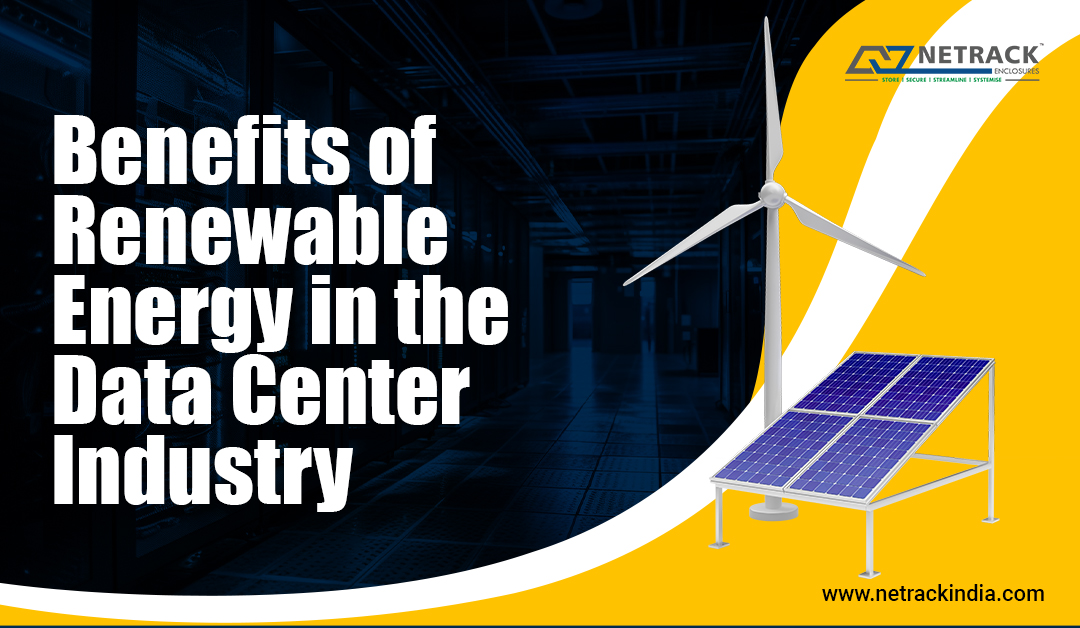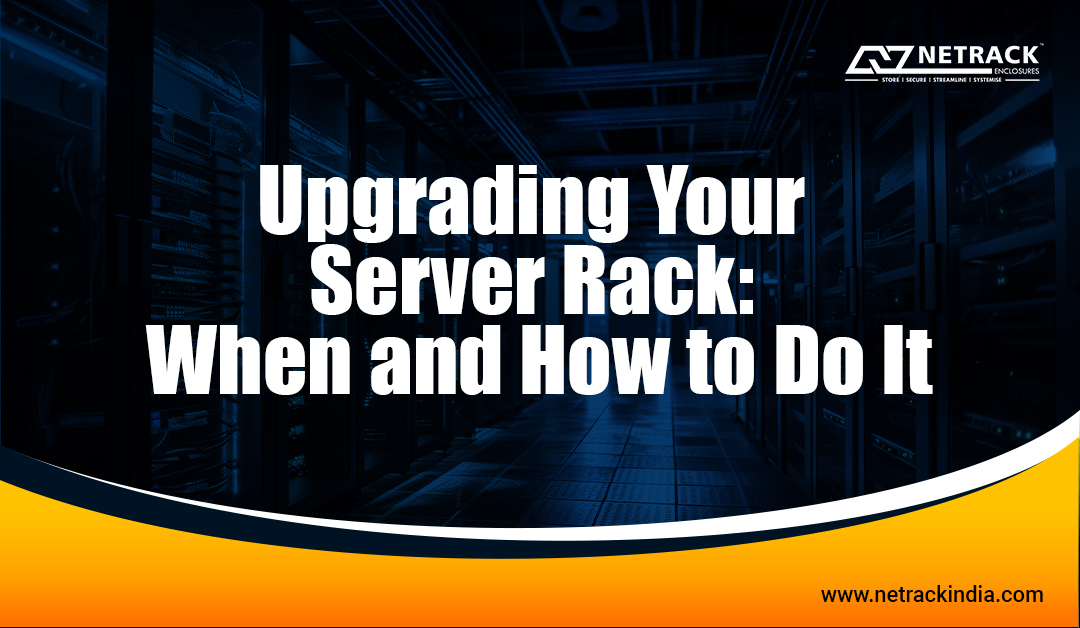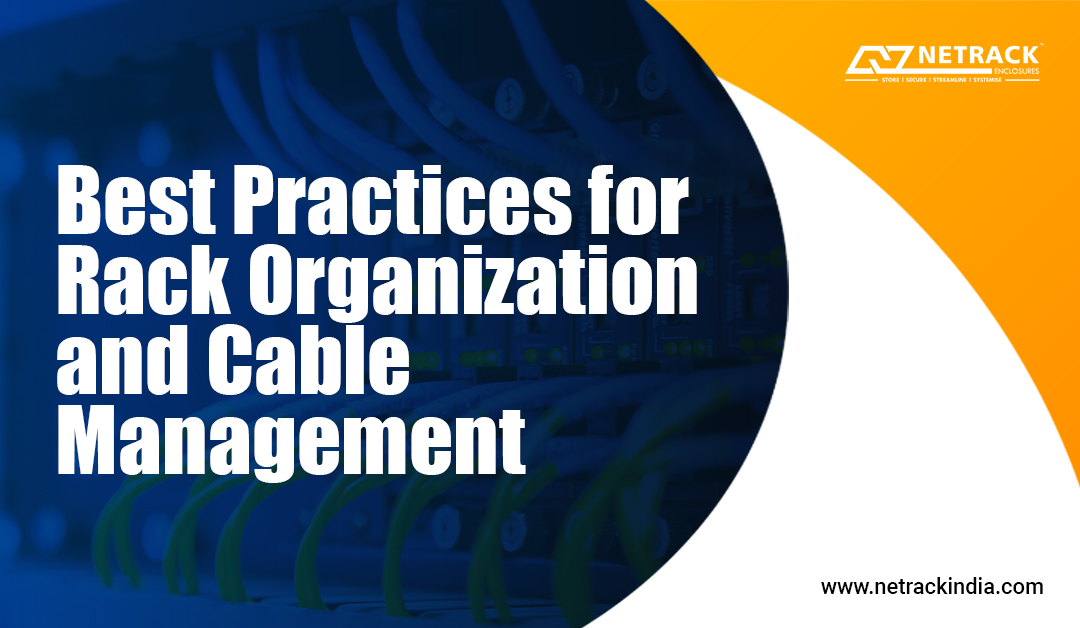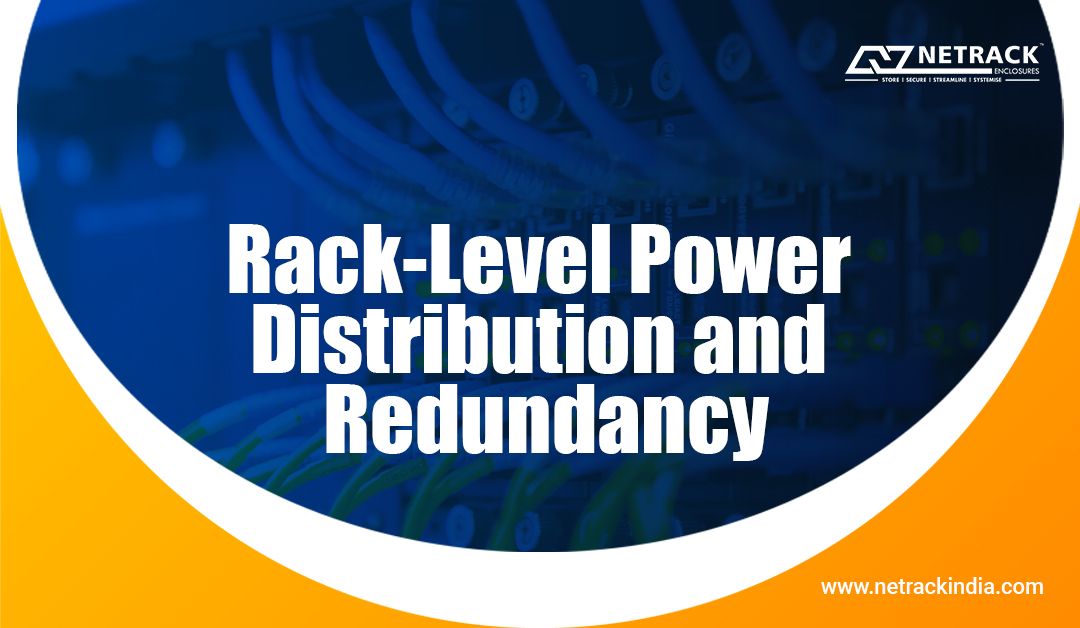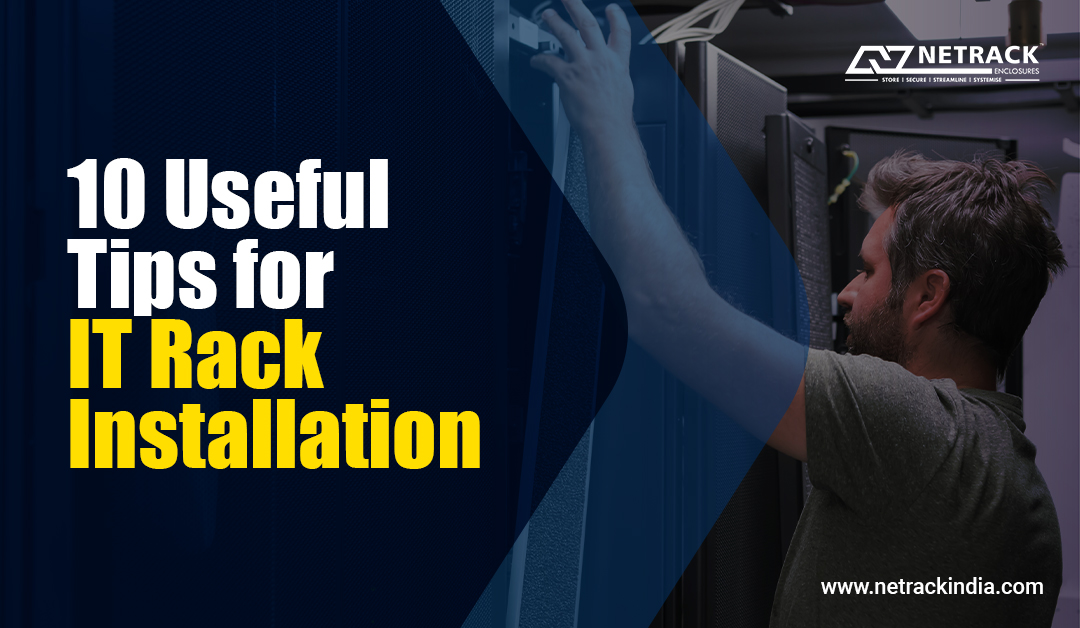Differences Between Network, Server, and Data Center Racks
In the world of IT infrastructure, the backbone of efficient organization and equipment management lies in the choice of racks. These unassuming metal structures play a pivotal role in keeping our data flowing, our applications running, and our businesses thriving. Understanding their characteristics, dimensions, load capacity, and functions is crucial to grasp the distinctions between these racks. Network and server racks are vital in data centers, ensuring security, operational stability, and competitive edge. These purpose-built enclosures organize and safeguard networking and server equipment in various IT settings, offering an efficient and secure infrastructure management solution. Both network and server racks optimize the space and efficiently house your networking and computing equipment, saving you precious floor space. However, there are specific differences. A network rack, or network cabinet or enclosure, is designed to house and organize networking equipment such as routers, switches, patch panels, modems, and other networking devices. Foundation of connectivity Let's start with the network
Read More
